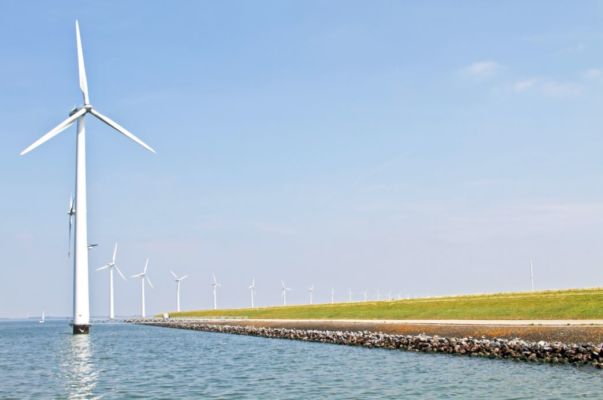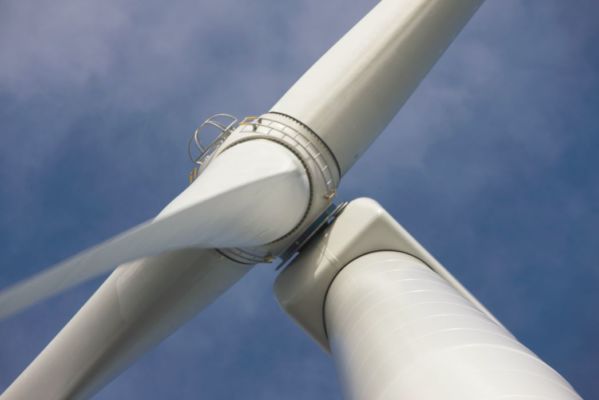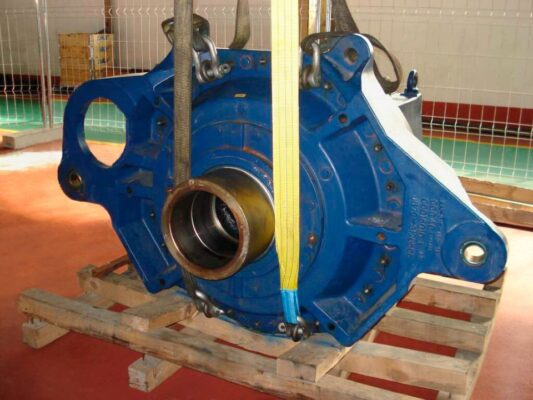A tidal wave of information
According to many estimates, 90% of the world’s data was created in the last two years. At a lower level, this is likely to be true for the wind industry, too. Companies involved in wind power are now exploring how to use this to their advantage. Today, turbines deliver hundreds of data points every second, which can be used to extend the lifetimes and predict future faults. One area in which big data could have a particularly positive effect is operations and maintenance (O&M) – as an OWI-Lab study proves.
Since 2011, the offshore wind research organization has been capturing data from wind turbines, weather stations, tidal phases, and other sources. After sorting and processing this “data tsunami”, OWI-Lab experts use it to recreate the conditions turbines face at sea. In this way, they learn how the machinery might respond in each situation. Such valuable insights into turbine behavior can help operators improve maintenance and performance.
In good company
OWI-Lab’s initiative is not the only example of an organization leveraging big data for O&M gains. One early adopter of big data analysis in the wind industry is using the technology to optimize product design and testing. Deploying captured data, the wind turbine manufacturer generates virtual simulations of products to measure their performance in different conditions. This allows the company to test its machinery before it goes into production. Without having to assess and potentially rebuild physical equipment, it can cut costs and improve efficiency.
Simulations allow companies to test machinery before it goes into production.
Meanwhile, another major manufacturer attaches sensors to its turbines’ key components, monitoring their vibrations from a remote diagnostics center. Using this data, it creates target values to which it compares the performance of active turbines. The smallest deviation may indicate a defect, in which case specialists can intervene before the issue escalates. This kind of predictive maintenance can save time and money – especially for companies with wind farms situated offshore or in other hard-to-reach locations.
Smart energy
By harnessing big data, wind power companies are enhancing operations and maintenance. Current methods can increase the output of existing installations by 20 percent. Yet the trend’s potential reaches further. Driven by data, machine learning – a type of artificial intelligence – could see energy production soar to even loftier heights. The next installment in this two-part series on big data in the wind energy sector explains how.



